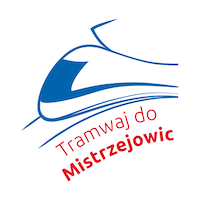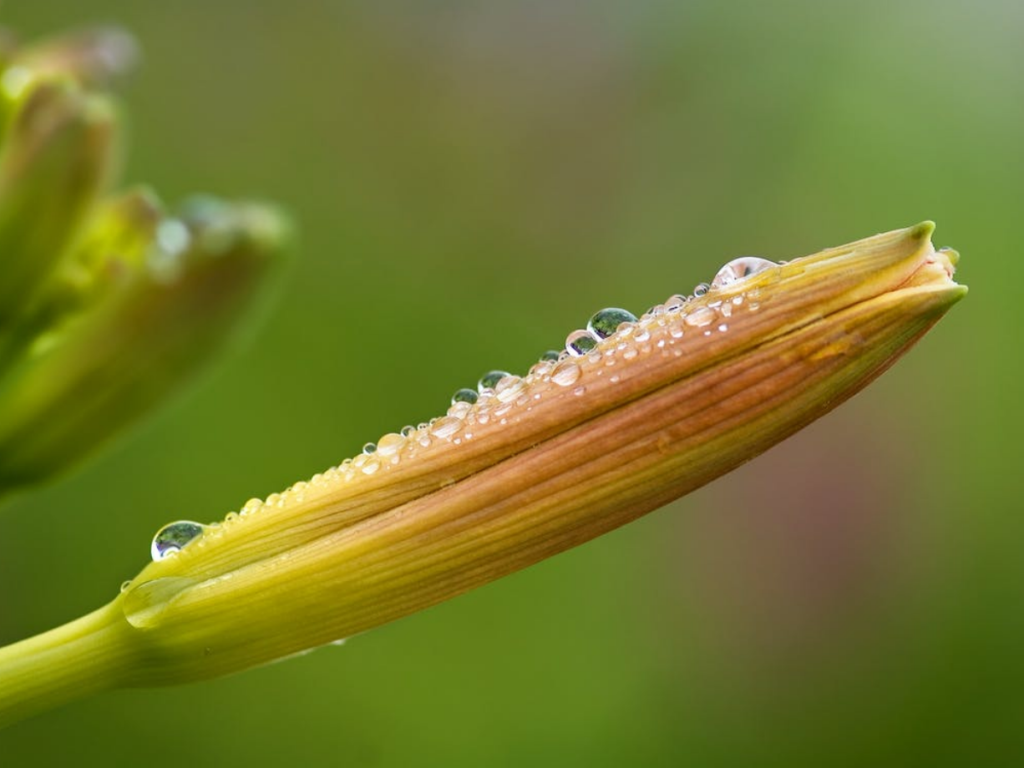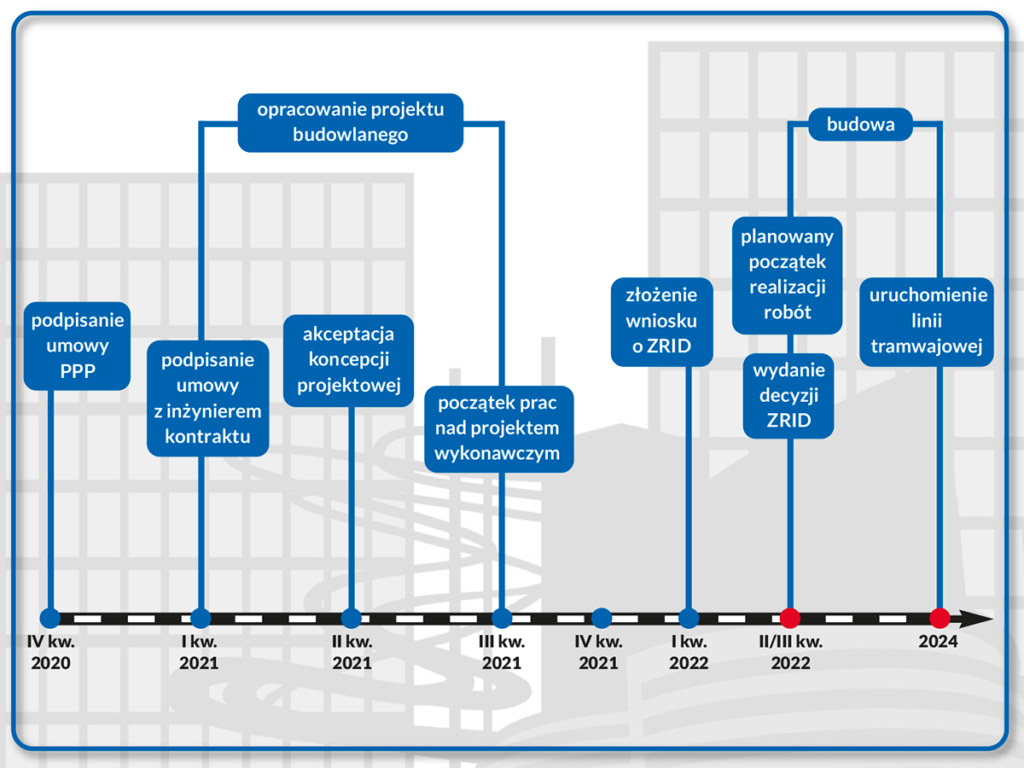What are the three basic goals of any construction project? Complete the investment, stay within the budget and meet the deadlines. A project implementation schedule helps in achieving the third one. It is prepared long before the day one at the construction site.
Most of the construction projects would have remained just plans without a well-conceived schedule – a one just like that was prepared by the Private Partner as part of the construction of the tramway route to Mistrzejowice. Let’s take a closer look at the KST IV project which involves much more than just the construction of tramway tracks and overhead power supply. It includes the alteration of a number of underground systems (even a river channel), road, bicycle and pedestrian infrastructure, vegetation, managing the construction site environment, information campaigns and effective financing of works. Coordinating it requires a good plan. That’s not all: the entire project is planned for almost a quarter of a century, because it is implemented in the public-private partnership formula (PPP).
Schedule to support project implementation
Naturally, this does not mean the construction will take that long. The PPP contract covers not only the implementation of the project, but also the maintenance of the ready infrastructure for a period of 20 years. Potential private partners were aware of it upon filing bids in the PPP procedure. The design and construction period was scheduled for 40 months with the countdown off in December 2020 when the contract was signed.
According to its provisions, the project implementation schedule was to be presented to the public entity within the first month of cooperation. “However, I would not reduce this document only to a mere contractual requirement. It is primarily a practical support for the team preparing and implementing the project. It supports adding the right items to this complicated puzzle at the right time” – says Wiktor Walicki, Planning Engineer with Gülermak.
Can the schedule be changed?
The most important elements of the KST IV implementation schedule are: developing a design concept, completing the design stage, filing a request for ZRID (road construction consent), starting construction, starting technical acceptances, launching tram connection and further – its operation period. Their timing became binding after the public entity has approved the schedule. What about changes? They are allowed, but their source must be a significant and unexpected circumstance.
That was the case with the study of the construction of the first line of the Kraków pre-metro. It revealed that on the section between the Park Wodny and the Młyńskie roundabout, the route of the new means of transport will be identical as the tram route to Mistrzejowice. “In order to adapt this part of the route to service additional and longer cars, we recommended its appropriate redesign” – says Marcin Hanczakowski, Director of Kraków Municipal Road Authority (ZDMK). Updated at the end of last year, the investment implementation schedule now assumes that the route will be operational at the turn of 2024 and 2025.
*This is the first in a series of articles on schedules and time management at construction sites. More to come soon.



